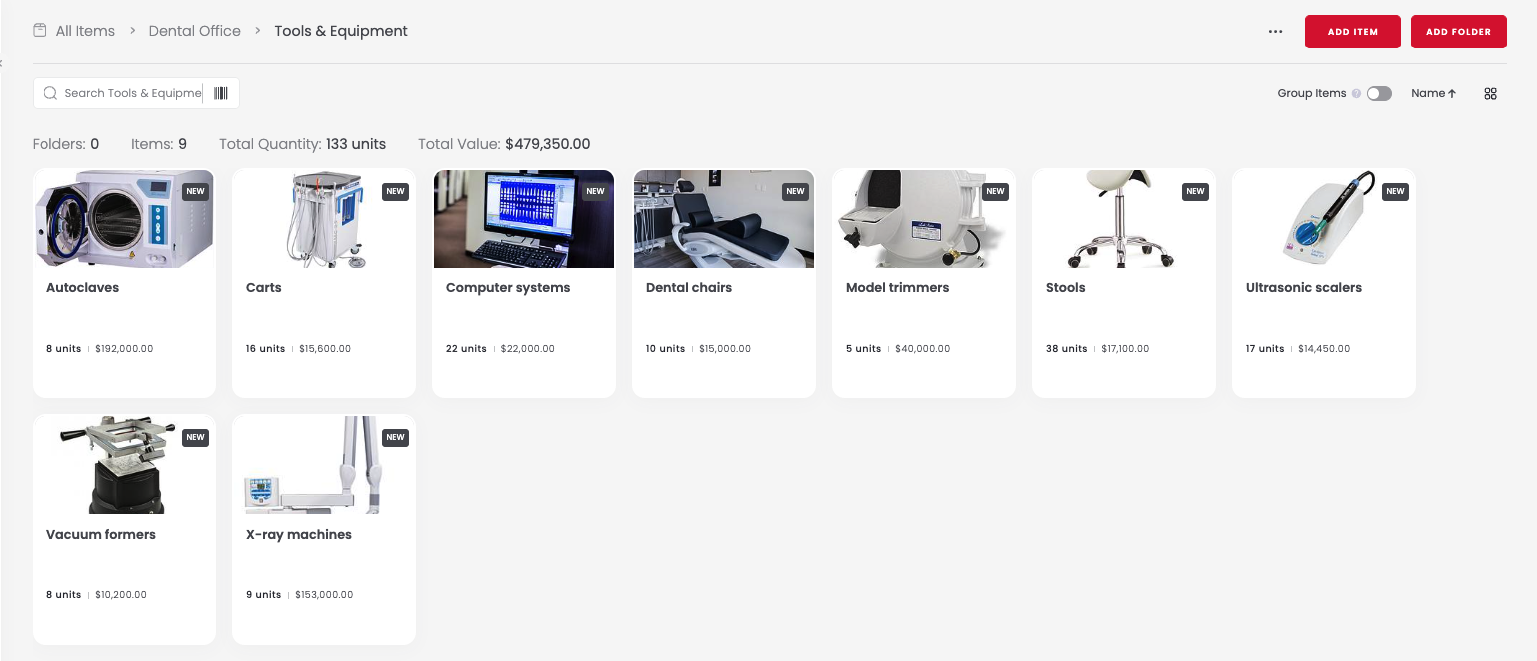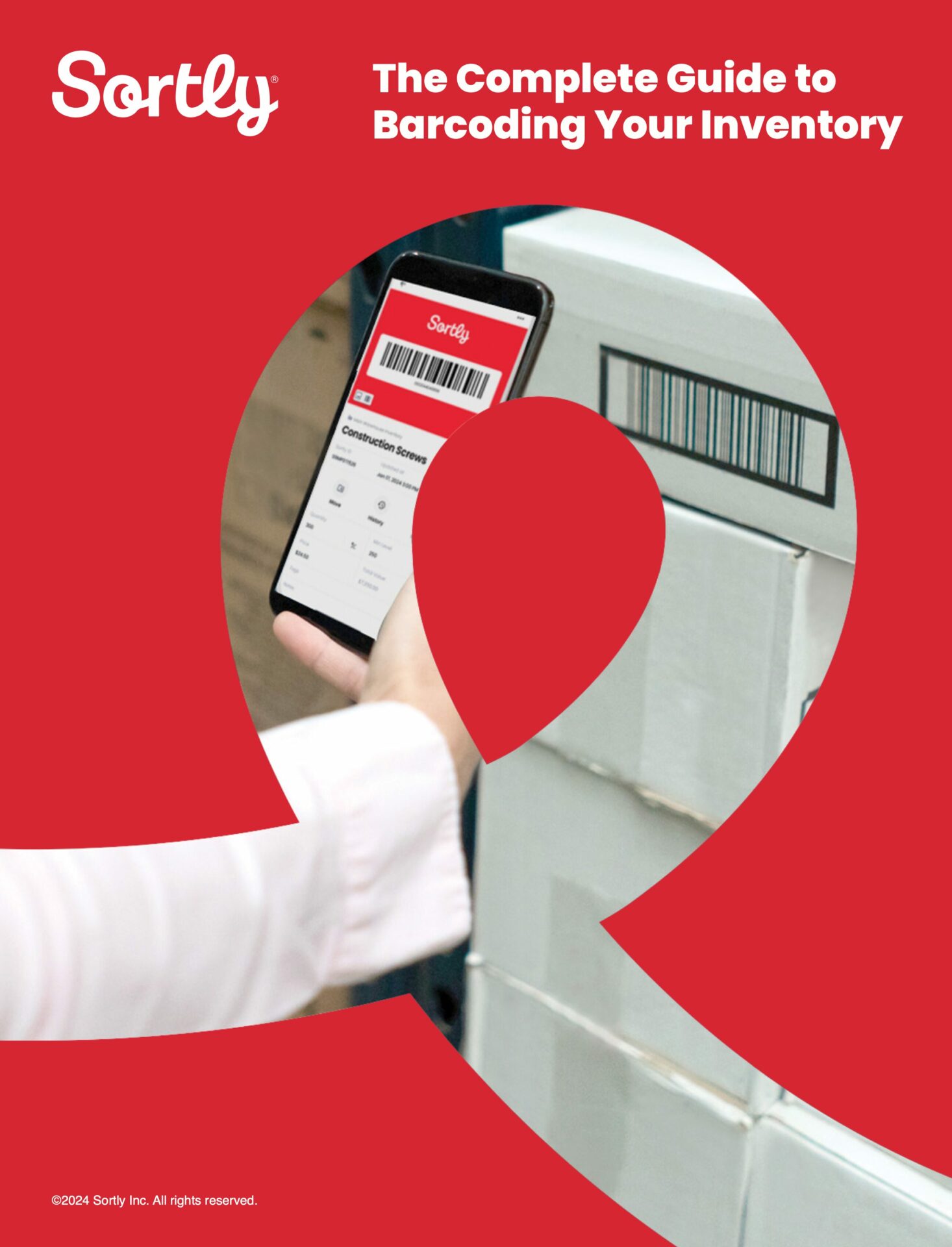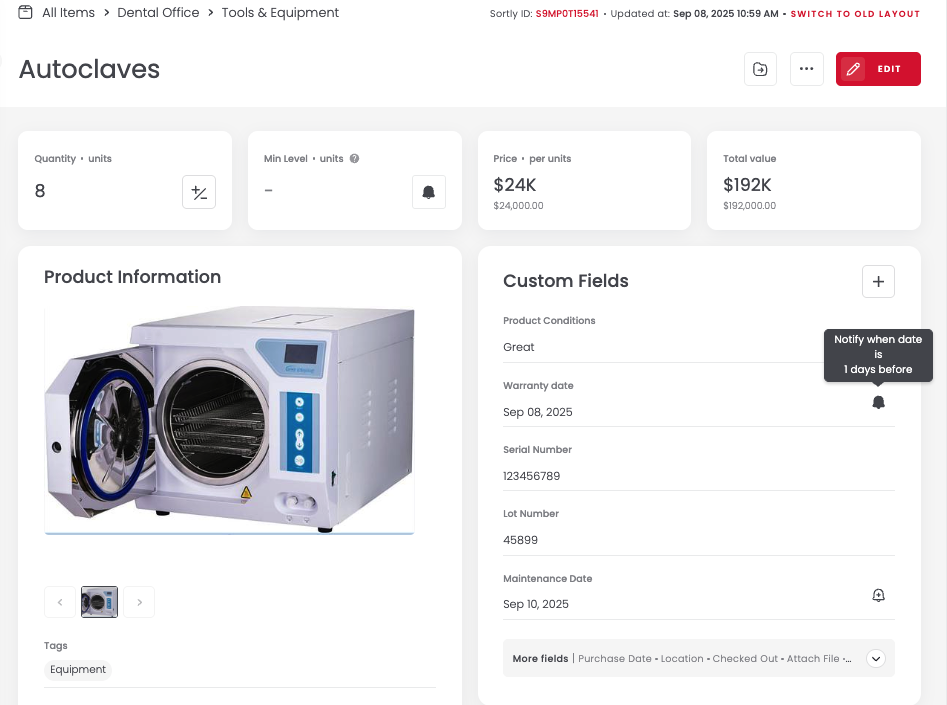Every business relies on assets, whether it’s the laptops employees use, the tools, equipment, and machinery that keep operations running, or the furniture that fills your office. These items represent real investments, and when they’re lost, misused, or poorly maintained, the consequences include wasted time, unexpected costs, and operational delays.
What’s more, tracking assets isn’t just about knowing what you own. It’s about protecting your resources, improving accountability, and making more intelligent decisions. When businesses lack visibility into their assets, they risk duplicate purchases, missed maintenance, and costly downtime. Manual methods like spreadsheets and paper logs may work early on, but they quickly become error-prone and unsustainable as teams grow and inventory and asset lists expand.
From IT equipment and field tools to rental items, vehicles, and high-value office purchases, every asset should be accounted for. The right asset tracking software helps businesses centralize this oversight, automate updates and recordkeeping, and ensure that nothing slips through the cracks.
Best Asset Management Software Solutions
Choosing the best asset management software depends on your business’s size, workflows, and how many assets you own, as well as how complicated your asset management strategy is.
Here are four widely used asset management tools:
Sortly

Best for: Teams seeking an easy, scalable asset management solution that works on any device.
Sortly is a user-friendly asset tracking solution that helps businesses track tools, equipment, and assets from anywhere. It’s designed to help you save time, reduce mistakes, and manage your asset inventory in real time. With smart features like customizable folders, built-in barcode and QR code scanning, and visual dashboards, Sortly makes it easy to track digital and physical assets in real time. It also enables easy, customized reminders about warranty and maintenance dates, and can help you track depreciation and item condition over time.
Key Features & Benefits:
Sortly is built to make inventory and asset tracking simple for any business. It comes with powerful features that are easy to use, so you can focus on what matters most.
- Track any type of asset, including tools, equipment, machinery, IT assets, and beyond.
- Visually track assets with in-app photos, so you can see your items at a glance.
- Check assets in and out with built-in barcode and QR code scanning.
- Get automatic alerts for upcoming asset or equipment maintenance, so all your equipment and tools are safe and operational.
- Get a complete history of every asset’s movement with easy-to-read reports.
- Import your existing asset tracking spreadsheet to get up and running in minutes.
Cons:
- It’s designed to be simple and user-friendly, which means it may lack some of the highly complex, industry-specific features that larger, more specialized enterprise solutions offer, such as in-depth depreciation calculations.
- Sortly’s tracking relies on user updates and is not currently compatible with technologies like RFID or GPS tracking.
Sortly is trusted by thousands of small and mid-sized businesses across industries like construction, healthcare, and IT. Sortly has a 4.7-star average rating in the App Store with nearly 9,000 reviews, and earned top honors from leading review sites. Customers like Brothers Fix and Mercy University School of Nursing rely on Sortly to track hundreds of assets with ease.
Learn more about tracking your business’s assets with Sortly today.
Asset Panda
Best for: Businesses needing deep customization and integration with existing IT systems.
Asset Panda is a flexible, cloud-based asset management system that supports complex asset lifecycles. It’s especially popular among IT teams and service management providers who need granular control over asset information, software licenses, and compliance workflows.
Key Features & Benefits:
- Highly customizable fields, forms, and user permissions
- Built-in maintenance scheduling and work order tracking
- Integration with help desk platforms like Zendesk and ServiceNow
- Mobile app with barcode and RFID scanning
- Reporting tools for depreciation, renewals, and compliance
Cons:
- Learning curve may be steep for non-technical users
- Premium plans are more expensive than other comparable asset tracking solutions
inFlow Inventory
Best for: Product-based businesses managing inventory, sales, and procurement in one system.
InFlow is an all-in-one inventory management platform that combines asset tracking with order processing and vendor management. It’s ideal for retail, wholesale, and manufacturing teams that need to manage inventory across multiple channels and locations.
Key Features & Benefits:
- Inventory tracking with built-in barcode generation
- Sales and purchasing workflows with integrated invoicing
- Multi-location support and B2B portal access
- Reporting tools for asset utilization and cost tracking
- Cloud-based and on-premises deployment options
Cons:
- Less suited for fixed asset tracking or IT asset management
- Interface can exceed the needs of teams with simple workflows
Learn more about how inFlow Inventory compares with Sortly.
Inventory Spreadsheets
Best for: Early-stage teams with basic tracking needs and limited budgets.
Spreadsheets remain a go-to for businesses just starting out. While not a dedicated asset management tool, Excel and similar platforms offer flexibility for tracking asset data manually. However, they lack automation, real-time updates, and scalability.
Key Features & Benefits:
- Free and widely accessible
- Customizable to any workflow or asset type
- No vendor or software licensing fees
Cons:
- High risk of human error and data loss
- No mobile app, barcode scanning, or notifications
- Limited collaboration and version control
- Quickly becomes messy and less effective as your business scales
Essential Capabilities of a Good Asset Management Software Tool
Regardless of what asset management tracking solution you’re considering, you’ll want to ensure your solution offers:
QR & Barcode Scanning to Check Assets In/Out
Scanning speeds up asset audits and reduces manual data entry errors. While external Bluetooth scanners can be synced, there’s no need to invest in them. Smartphones and tablets do the same work with just the Sortly app and their built-in cameras.
Barcodes and QR codes can also be generated, if necessary, within Sortly, allowing all assets to be labeled.
This easy, comprehensive guide will help you:
Free Ebook: The Complete Guide to Barcoding Your Inventory
Inventory Photos to Track Item Condition
Photos provide visual proof of asset condition and help prevent disputes. Sortly allows multiple images per item, ideal for field teams and high-value assets. You can also use these photos to create robust, visual histories of the assets your business owns, which can come in handy not only during audits but in case of emergency, like theft, flood, or fire.
Maintenance Reminders (Alerts)
Automated alerts for service dates or inspections help avoid downtime. Sortly supports recurring reminders and logs maintenance history for compliance and planning. What’s more, Sortly can help you keep track of your individual assets’ maintenance needs, too. Just open up an item’s profile, create custom reminder dates about when maintenance is due, and set the alert.
To stay even more organized, upload maintenance records, schedules, and more directly to the item profile. You can even add a section to include maintenance contacts and asset care instructions as PDFs, documents, or notes.
Customizable Folders by Location
Organizing assets by site, department, or storage area helps teams locate items quickly. Sortly’s nested folder system mirrors your physical layout, making it easy to manage assets across multiple locations.
Real-Time Tracking So You Know Who Has What, When
Knowing asset status and assignment prevents bottlenecks and miscommunication, especially if your business relies on equipment, machinery, and other assets regularly. This is especially true in construction, healthcare, and other equipment-dependent industries.
Sortly’s activity history and user permissions make it easy to track movement across locations, job sites, hospital floors, and so much more. And the more spread out and complex your business, the more essential it is to know where any given asset is at any given time.

How to Implement Asset Management Software
Switching from spreadsheets to a dedicated platform doesn’t have to be disruptive. Start by:
- Auditing your current asset list so you know where to begin
- Choosing a tool that mirrors your workflows
- Importing data via CSV or manual entry
- Training your team on mobile and desktop use
- Setting up folders, alerts, and user permissions
Sortly’s onboarding tools and intuitive interface, for example, make this transition especially smooth for small teams. Keep in mind that, if you use a spreadsheet to track assets, you can transpose that data onto Sortly’s inventory spreadsheet for bulk uploading to make onboarding even easier.
Get Started with Sortly, the Simplest Asset Management Software
Sortly is designed to help small businesses track assets without the hassle of manual systems. From visual inventory to mobile scanning and automated alerts, it’s built for speed, clarity, and control. And, what’s more, the software is designed to help you not just track assets faster, but track them better. That means ROI comes from multiple directions. With Sortly, your business saves time, of course. But thanks to enhanced visibility, insights, and reminders, your business will also manage assets better than ever before, extending their lifecycles and getting the best asset utilization possible, too.
Ready to streamline your asset tracking and management? Start your free trial of Sortly today.




